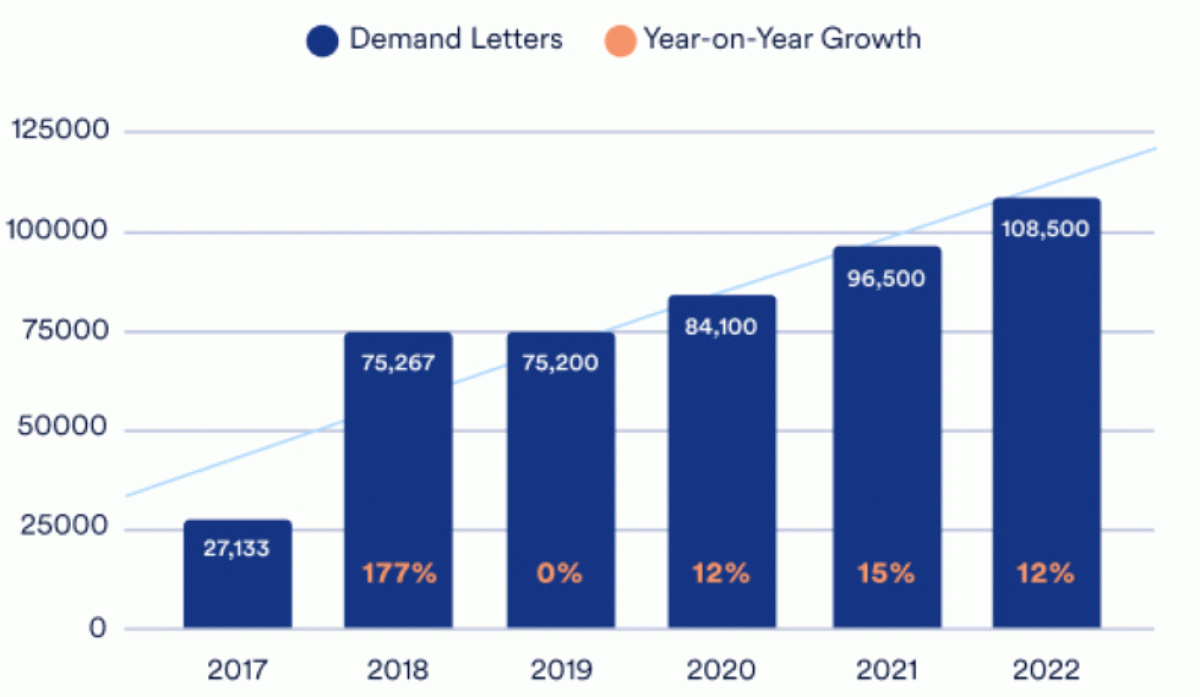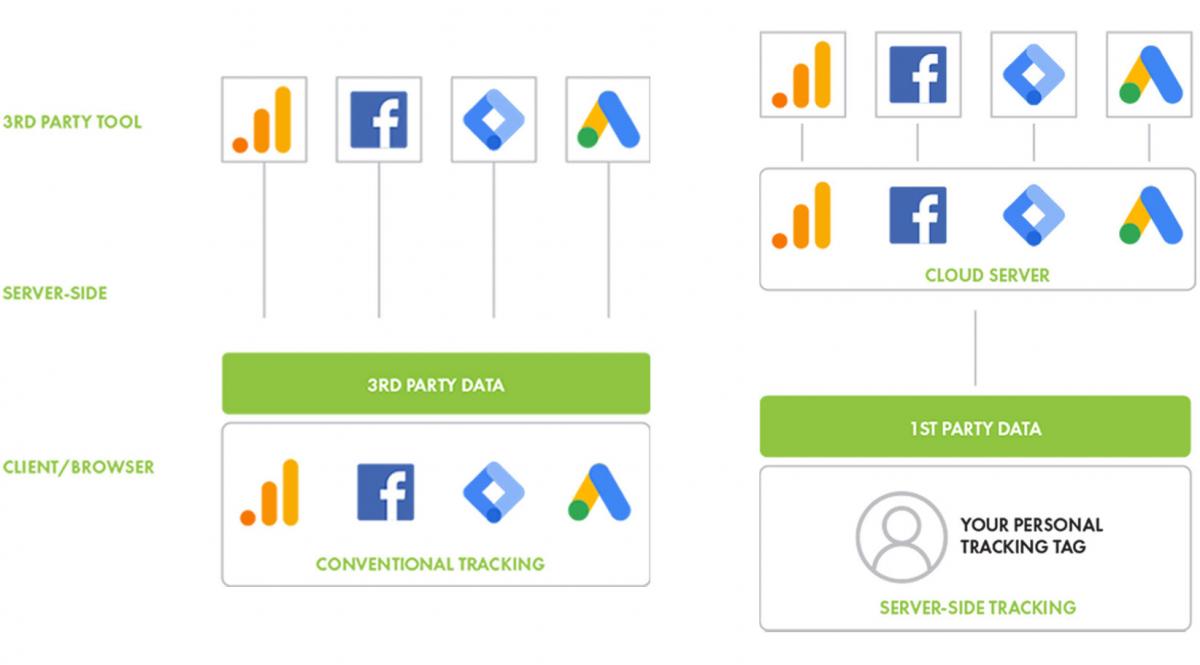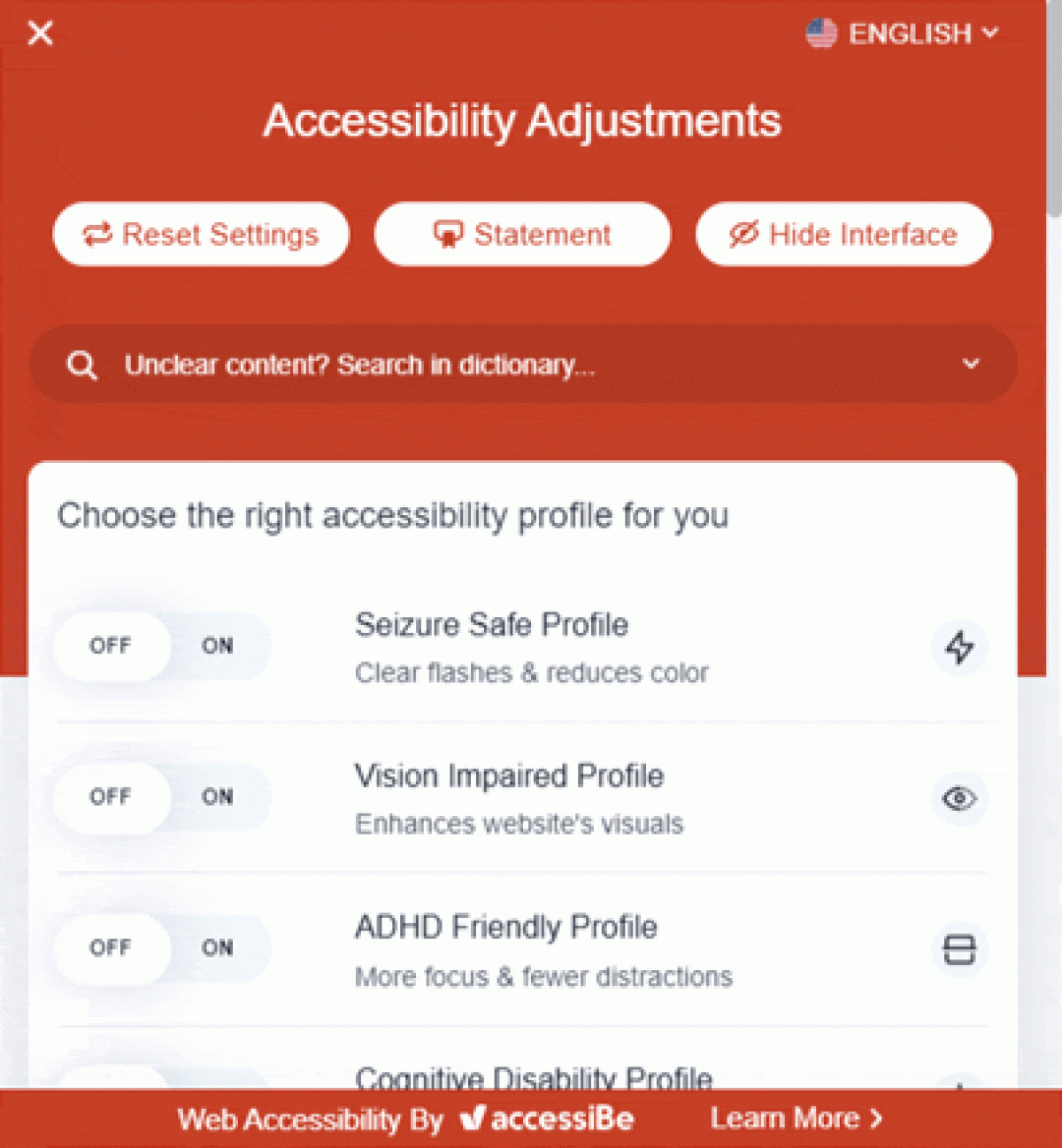


In the world of digital marketing, the question of whether your website is compliant has become hugely relevant. ADA and HIPAA are the two leading sections of compliance and while both seek to improve the user experience on a website, each serves users in a different way. Think of HIPAA compliance as an opportunity to protect your users’ privacy, while ADA compliance seeks to support your users no matter their ability. At McD Digital, we believe that being ADA and HIPAA compliant not only ensures you’re following the rules — it also improves the customer/patient experience and can even improve your site’s performance.
The goal of HIPAA is to protect users’ Personal Health Information (PHI). What’s not simple is what PHI actually is. While PHI includes information like patient names, Social Security numbers and medical records, it can also be as simple as whether a user visits a specific page on your site.
Imagine someone goes to the pregnancy page on your healthcare site. In this case, you run the risk of HIPAA noncompliance since tracking tags can recognize that a specific user is on the pregnancy page, potentially revealing that user’s medical status. Even that information can be considered PHI protected by HIPAA.
As technology advances and data tracking becomes smarter, protecting PHI can get really nitty-gritty. In fact, most HIPAA violations are unintentional with healthcare organizations using normalized practices that are quickly becoming noncompliant. Intentional or not, failing to meet regulations could mean a fine of up to $1.5 million, not to mention potentially breaking trust with your patients.


While HIPAA compliance is specific to healthcare sites, ADA compliance has become relevant for any website in any industry. According to some studies, lawsuits having to do with web accessibility have increased by 200% since 2008. More importantly, both businesses and website users are increasingly aware of disabled people’s right to use a website, leading marketers to agree compliance is also simply the right thing to do.
The Department of Justice has affirmed websites are places of accommodation. Just as a brick-and-mortar building should be accessible, websites should be built with disabled people in mind. Not only does this protect you from litigation that could cost you up to $30,000, but it also helps you bolster a loyal customer base since users will trust you when they see you’re trying to be inclusive to all people.
You must be thinking, “Great! But what does it actually mean to be ADA compliant?” Funny enough, the ADA doesn’t specify guidelines for a compliant website. Instead, the industry standard is to refer to the Web Content Accessibility Guidelines (WCAG). The WCAG lays out principles for website compliance that account for vision impairment, motor and mobility impairment, epilepsy, cognitive disorders, and aging.
ADA compliance comes with many factors to consider, so what do you do if you already have a website but don’t have the time or resources to totally rebuild? While redesigning with accessibility in mind can be a long-term goal, here are some best practices that you can implement now.
Staying up to date on compliance regulations can be time consuming, potentially taking away from the great work you’re already doing. While being compliant will ultimately allow you to reach more people, initially getting there can take a lot of time and resources.
That’s where we come in. We love the work our clients do, which is why McD Digital wants to partner with you to ensure your site is both HIPAA and ADA compliant. Here’s what we can do:

No matter your industry, your website should strive to be compliant, both to protect your business or organization and to ensure you’re reaching people from all walks of life. ADA and HIPAA compliance is a way to care for your customers or patients while optimizing your site’s performance.
Contact Jenna Ferrell at jferrell@mcdmarketing.com or call 309-346-6974 to learn more.
